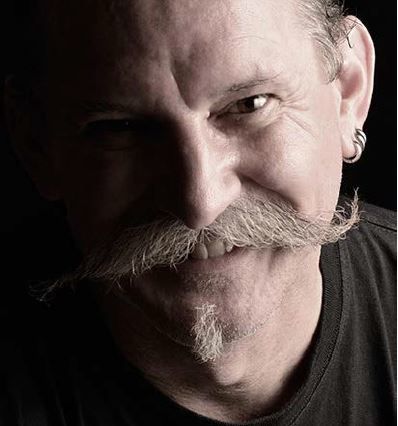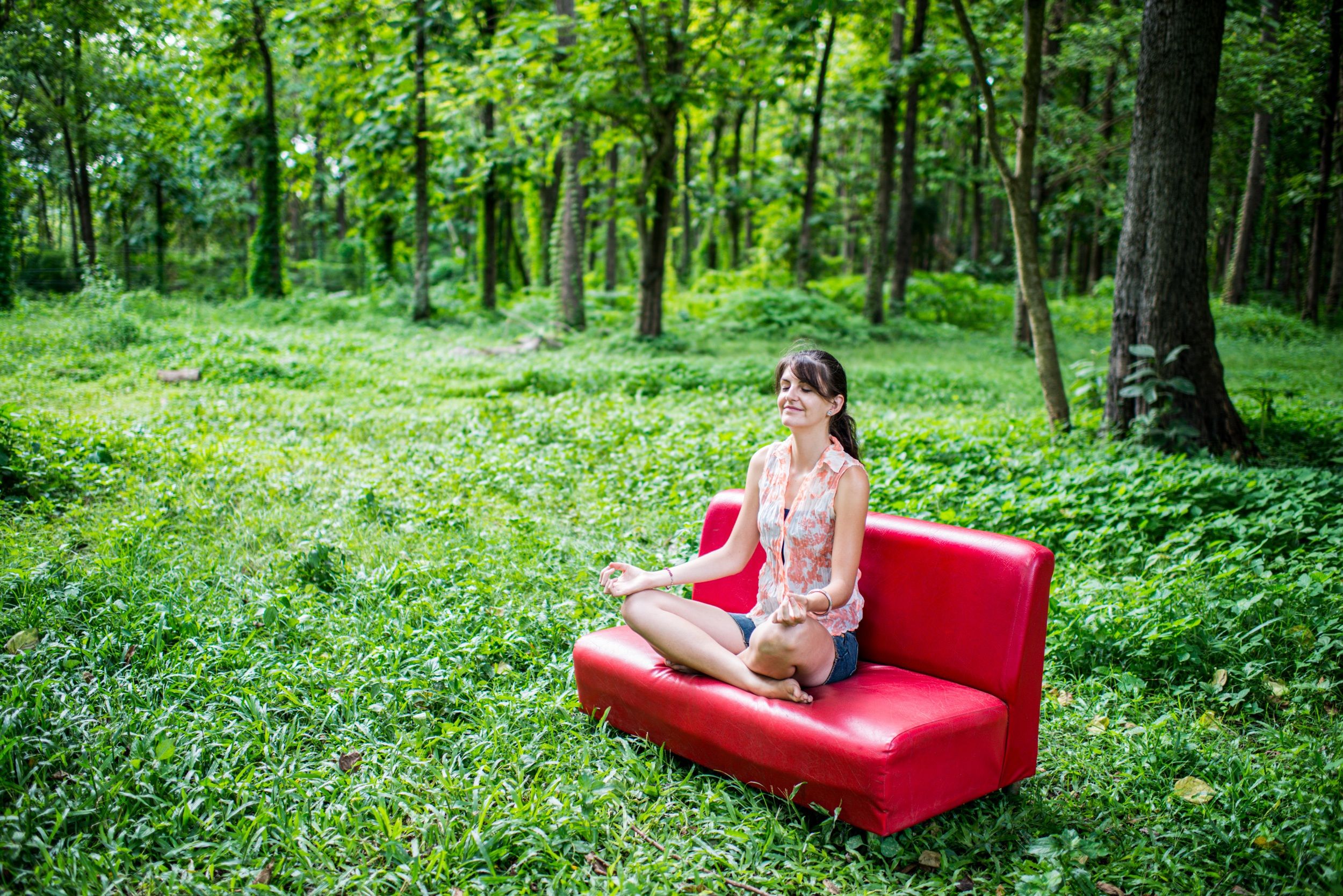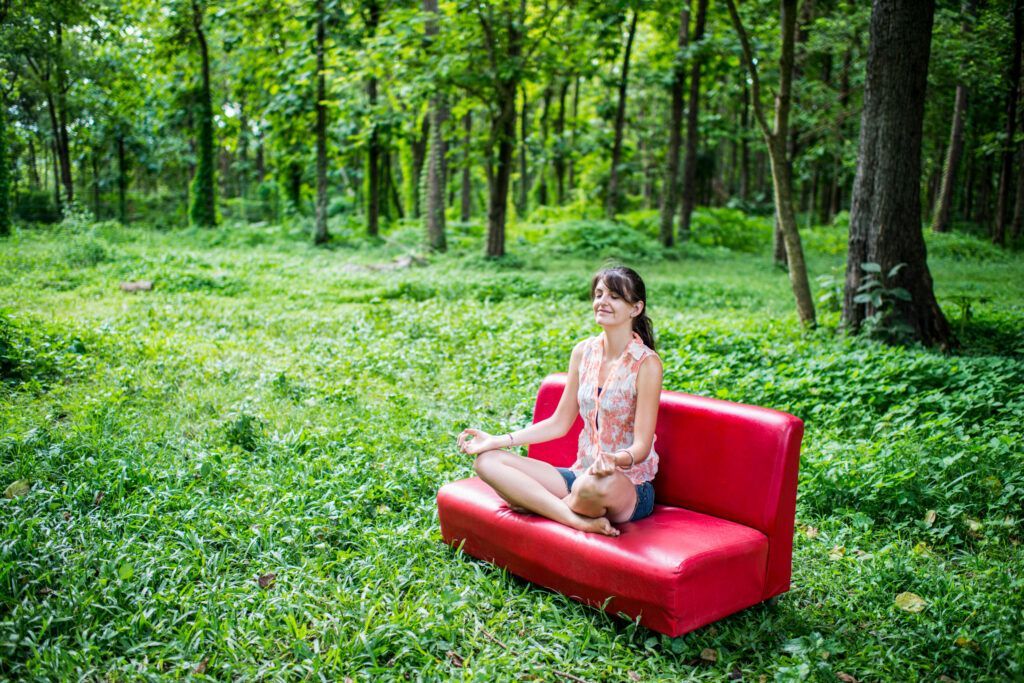With so many lens options for DSLR and mirrorless cameras available, it can be confusing for beginners to know what to do with them. The purpose of this guide is to take a look at the purpose of three different lens types. These are macro, wide-angle, and telephoto lenses.
While there are few, if any, lenses made for a specific purpose, each category of lens we’ll look at has certain characteristics. These make each lens type better for some genres of photography than others. You’d rarely want to pick a 24mm lens for photographing grizzly bears hunting salmon or a 600mm lens as your only lens for photographing a wedding.
Zoom lenses can fit both the wide-angle and telephoto categories. Any lens that can zoom from a wide focal length to a telephoto (e.g. an 18mm to 200mm) fits into both. No zoom lens that I am aware of currently has the capacity to fit all three categories. A true macro lens captures an image at a 1:1 ratio. Many ‘macro’ zoom lenses will only manage a 1:2 ratio at best.
Here is what we will discuss:
- What are the physical differences between these lenses?
- What does the term ‘angle of view’ mean?
- How each lens requires different technique on the part of the photographer
- Lenses and depth of field – why are they integral?
- The topic of lens distortion
- The peculiarities of a macro lens
- Under what circumstances would you choose each of these three lens types?
Recommended Reading: If you’d like to master camera settings to create gorgeous, creamy, blurry backgrounds, grab a copy of Photzy’s premium guide: Beautiful Background Blur.
Differences Between Various Lens Types
What is the difference between a wide-angle and a telephoto lens?
A lens focal length that fits the category of wide-angle has a field of view from 84° to 64°. This translates to a focal length of 24mm to 35mm on a full-frame sensor. On a camera with a crop sensor, the focal length you need to cover the same field of view is shorter. How much shorter depends on the size of the sensor.
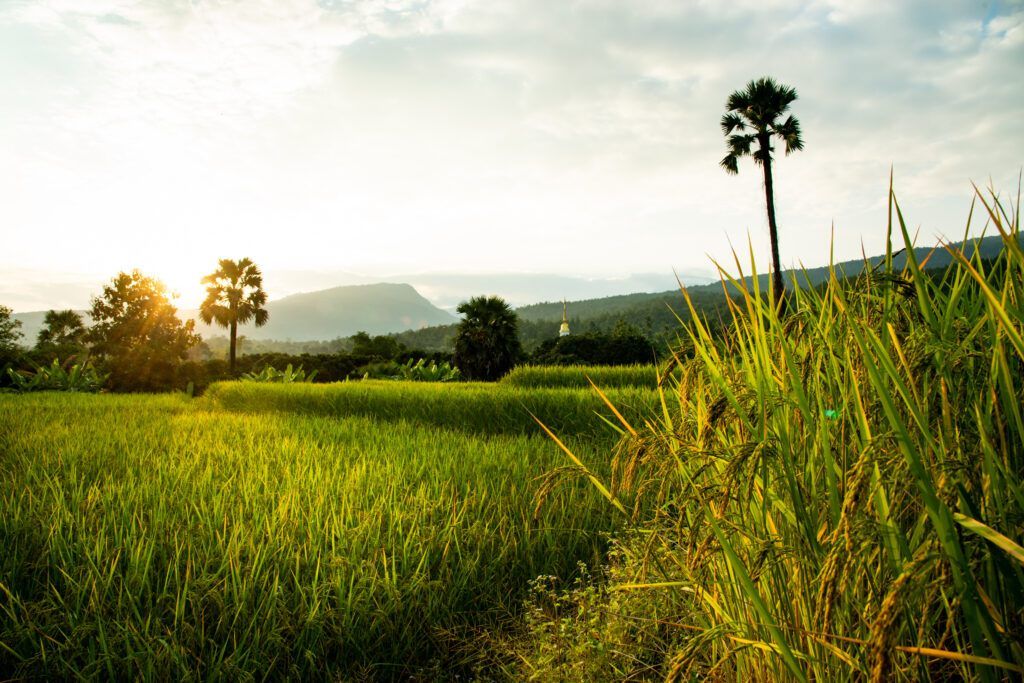
24mm lens, full-frame sensor. Photograph by Kevin Landwer-Johan.
A telephoto lens has a field of view between 16.1° and 9.9°, or 85mm and 135mm on a camera with a full-frame sensor. The angle of view of these lenses on a crop sensor is narrower, again, depending on the sensor size.
Lenses with a wider field of view than 84° are considered super wide or fisheye. Lenses that fit between 64° and 16° are standard. Any lens with a field of view narrower than 9.9° is a long telephoto or a super-telephoto lens.
Using a Wide-Angle Lens
Wide-angle lenses are often used for landscapes, cityscapes, and seascapes, etc. Therefore, they are used in situations where you want to capture a wide field of view and include as much as possible.
These lenses are also popular for architectural photography, both for indoor and outdoor compositions where it’s not possible to use a standard lens because there’s not enough space to back up.
In any situation that you don’t have much space to work in, using a wide-angle lens is often the most practical option. Wide-angle lenses allow you to remain close to your subject and still capture the whole of it. Or you can keep your distance and capture more of the environment.
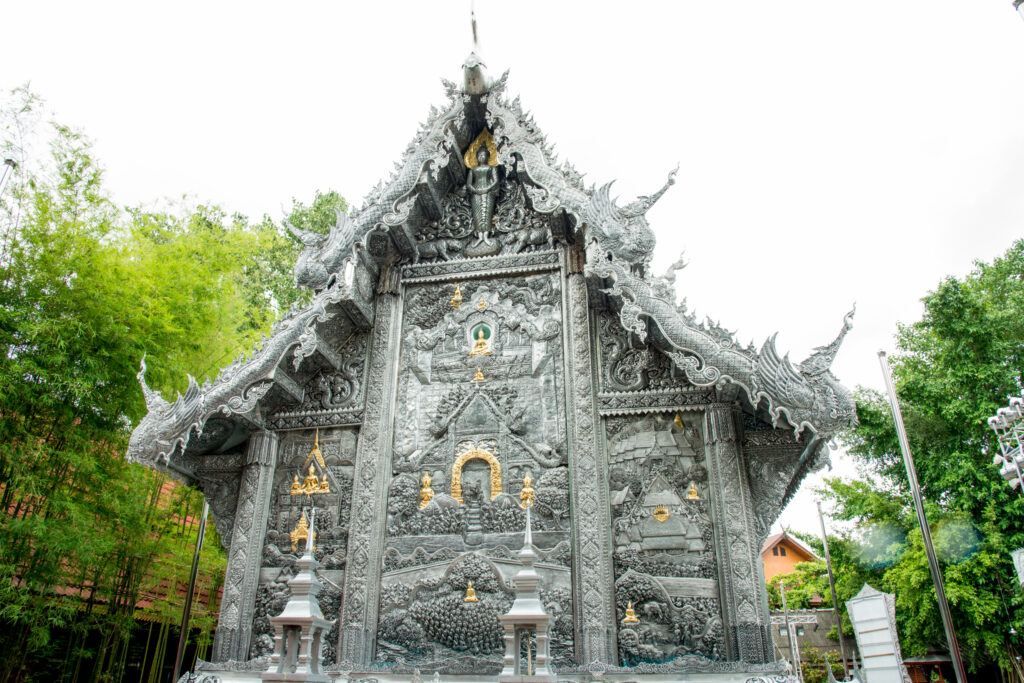
24mm lens, full-frame sensor. Photograph by Kevin Landwer-Johan
Street photographers often use wide-angle lenses. This type of lens benefits street photographers in many ways. Wide lenses are often small and compact. This can help a street photographer be more discreet than if they had a telephoto lens attached to their camera.
Being able to compose with a wide field of view is also advantageous when taking street photos. This can also help the photographer remain discreet because, with a wide-angle lens, you don’t need to point it straight at a subject. You can frame your subject at one side of your composition and it will not look like you are pointing your camera in that direction. This is especially helpful when taking candid street portraits.
Depth of Field Appearance With Wide-Angle Lenses
More depth of field means a wide-angle lens has more purpose in many of the genres of photography that they are often used for. Street photographers love this feature because it means they don’t have to be so precise with where they focus. A scene can be framed, a high f-stop number can be chosen, and the focus point can be set. The photographer can then wait for an interesting-looking person to walk into the frame. There is then a good chance they will not have to refocus and still be able to keep their subject sharp enough.
More depth of field means a wide-angle lens has more purpose in many of the genres of photography that they are often used for.
For photographers capturing wide scenes, the advantage of more appearance of depth of field is appealing. This means more detail in the wide view remains sharp, from the foreground right into the distance.
This is also true for architecture photographers who usually want to show the interior or exterior of a building in detail.
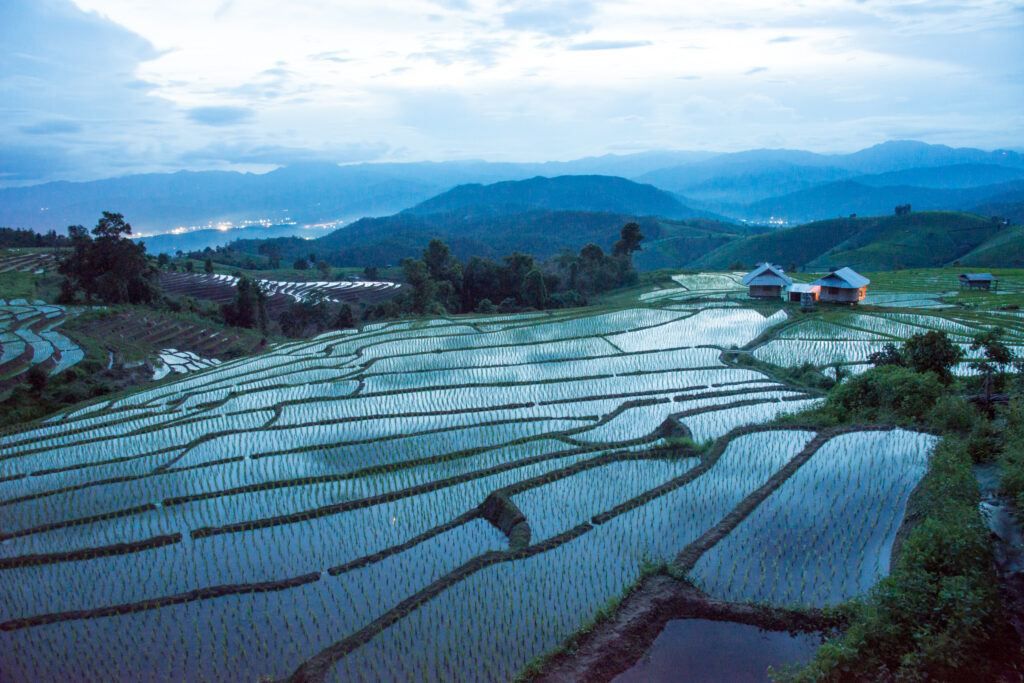
24mm lens, full-frame sensor. Photograph by Kevin Landwer-Johan
Key Lesson: Depth of field (the amount of a composition that is in acceptably sharp focus) appears deeper with wide-angle lenses. At any aperture setting, the wider the angle of view a lens has, the more of the image will appear to be in focus. This is the other major attraction for this type of lens.
Distortion and Wide-Angle Lenses
Any wide lens will display some amount of distortion. This is more noticeable when you are closer to your subject. Framing anything near the edge of your composition when using a wide-angle lens will exaggerate the degree of distortion.
For architectural photography, the distortion can often be rectified during post-processing. Lightroom, Photoshop, and other image editing software have tools that you can use to bend distorted images back into shape. This tends to work better for things and not so well with people and animals.
Recommended Reading: If you’d like to master camera settings to create gorgeous, creamy, blurry backgrounds, grab a copy of Photzy’s premium guide: Beautiful Background Blur.
Using a Telephoto Lens
The main purpose of using a telephoto lens is when you cannot move as close to your subject as you would like to. This could be at a wildlife sanctuary, at the beach photographing surfers, at a football match, or in many other situations.
The long reach of a telephoto lens makes it an essential piece of equipment for certain types of photography. It’s not often you can get close enough to a tiger with a 50mm.
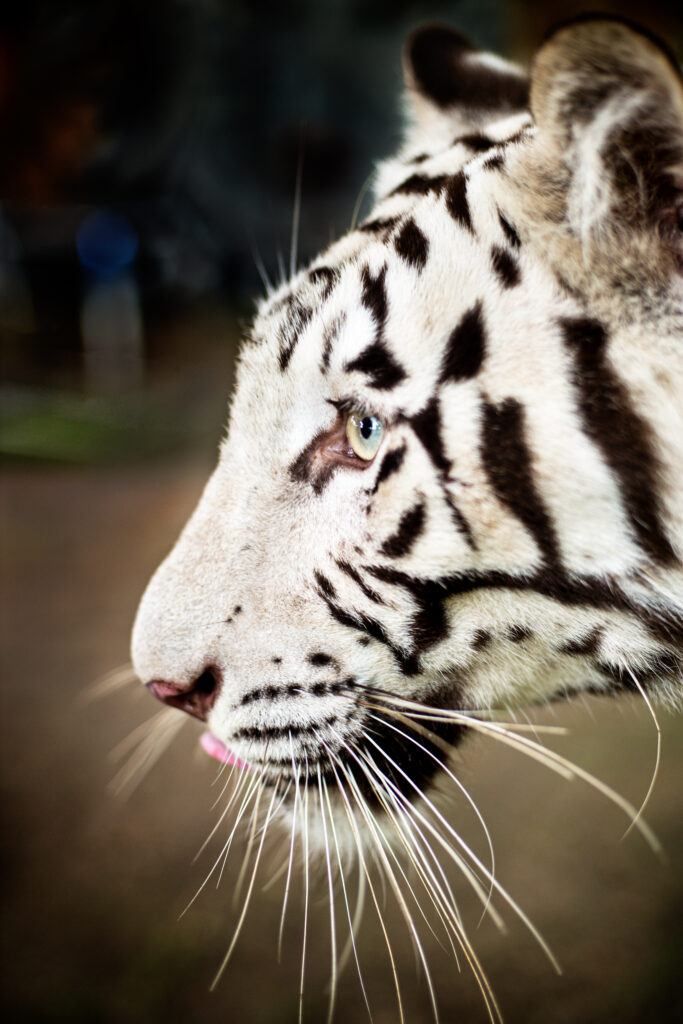
50mm lens, full-frame sensor. Photograph by Kevin Landwer-Johan
I did take this image with a 50mm in special circumstances. I also risked the rebuke from the zookeeper for being too close (which did come, but I already had the photo I wanted).
Telephoto lenses can help keep you at a safe or more comfortable distance. Sometimes it’s not possible to get as close as you might like to your subject, so attaching a long lens to your camera is the most practical way to work.
Sometimes it’s not possible to get as close as you might like to your subject, so attaching a long lens to your camera is the most practical way to work.
Lens focal length and sensor size govern the field of view. Obviously, the longer the focal length, the closer you can get to your subject. A 100mm lens is considered a telephoto but is not so practical for bird photography because it will not get you close enough. You want to choose the best focal length for the type of subject you photograph.
Depth of Field Appearance With Telephoto Lenses
Things in the distance appear to be closer than they are. A series of things at different distances from the camera will appear to be closer together than they are. The background will appear to be more blurred.
The appearance of a shallower depth of field suits many of the purposes you might want to use a long lens for. When capturing a small bird in your frame, for example, it will stand out more if the background is blurred. Often with birds and other wildlife, the environment can be cluttered. The main way of controlling it is to use a long lens and wide aperture setting so it does not distract from your subject.
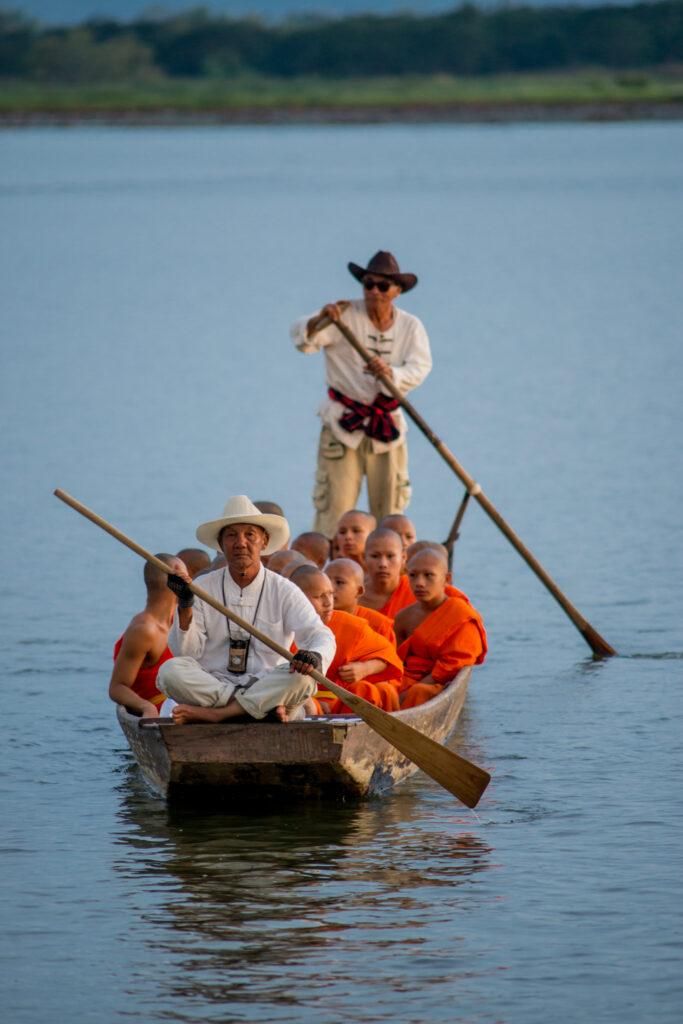
300mm lens, full-frame sensor. Photograph by Kevin Landwer-Johan
Key Lesson: Depth of field appears shallower with telephoto lenses. The longer the lens, the less of the composition appears to be in focus as any given aperture setting. This happens because longer lenses compress perspective depth in the composition.
Using a Macro Lens
A macro lens is not determined by the focal length. You can buy both standard and telephoto macro lenses. This type of lens renders a subject at a 1:1 ratio. You can come in very close to your subject and still be able to focus on it. The image on your sensor will be the same size as your actual subject. Some macro lenses will magnify a subject even more. Regular, non-macro lenses are more limited in how close you can focus them.
Macro lenses are popular with photographers who love to get close-ups and capture the detail in their subjects. They are often used to photograph subjects like bugs, flowers, and small products.
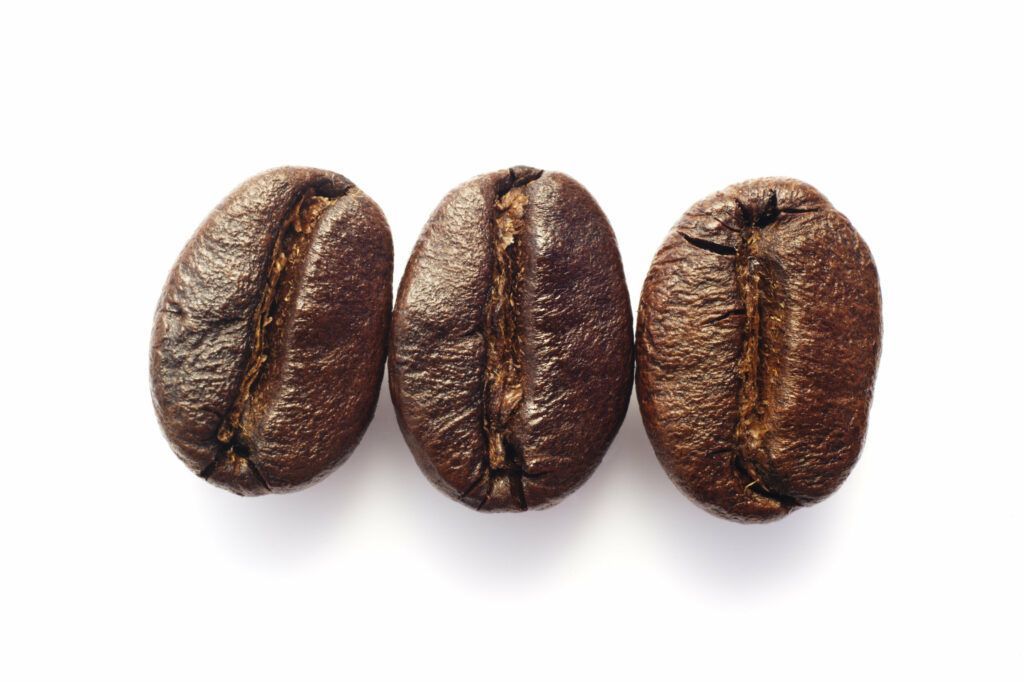
55mm macro lens, full-frame sensor. Photograph by Kevin Landwer-Johan
You do not have to take every photo close-up with a macro lens. You can also focus further away. I have two macro lenses: a 55mm and a 105mm. I also use both these lenses for portraits and other purposes.
Depth of Field Considerations With Macro Lenses
With any lens, the closer you focus on your subject, the shallower the depth of field will be at any given aperture setting. As you move further back, the depth of field increases. To capture 1:1 or more magnified, your lens has to be very close to your subject.
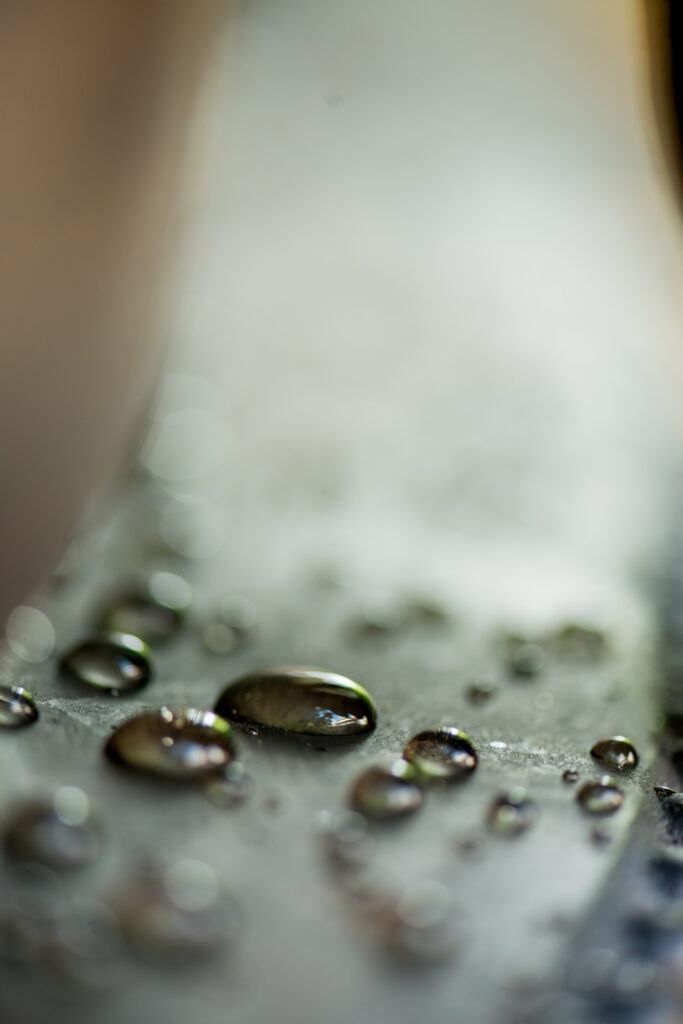
105mm macro lens, full-frame sensor. Photograph by Kevin Landwer-Johan
Key Lesson: Many macro lenses have the widest aperture setting of f/2.8. Using this setting when focusing as close as possible will produce an image with a very shallow depth of field, often so shallow that most of the subject will be significantly blurred. This is a common problem as it’s so practical to open the aperture up to allow an increase in light to reach the sensor. With a moving subject where you need to maintain a fast shutter speed to freeze motion, using the widest aperture is the biggest temptation.
There’s nothing wrong with creating a very shallow depth of field when your subject lends itself to this treatment. This is usually with a flat or nearly flat subject that’s parallel to your camera’s sensor so the shallow depth of field will be hardly noticeable. Any subject with depth, like a bug, will be mostly out of focus.
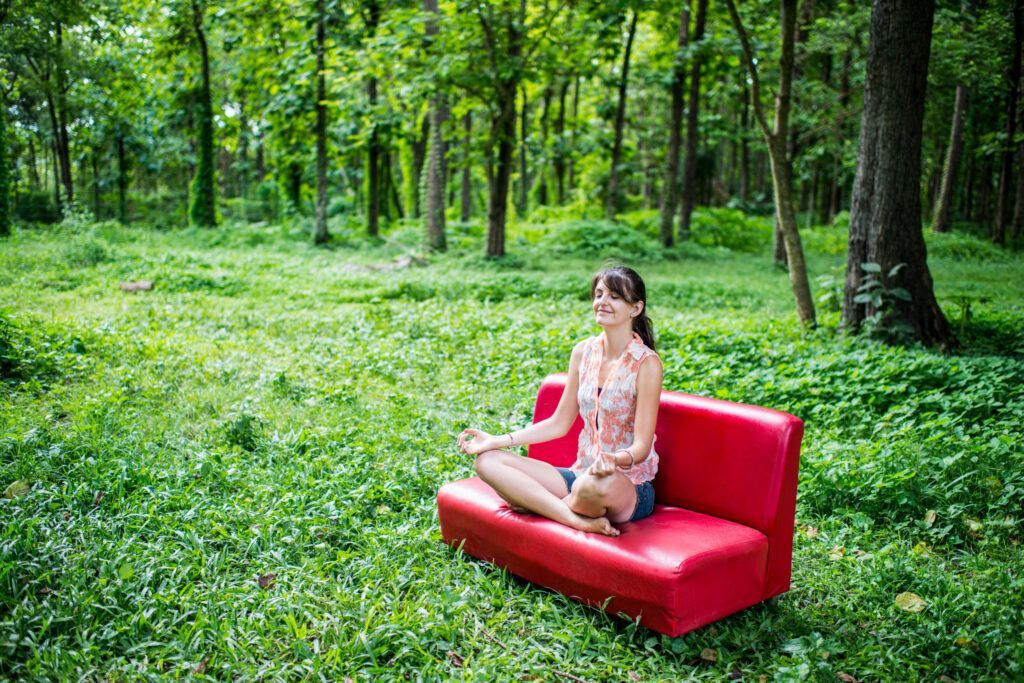
Photograph by Kevin Landwer-Johan
Using the widest aperture makes focusing a real challenge. I have seen too many macro photos of bugs and flowers where the focus is not in the optimal place. It’s best to use a narrower aperture setting and obtain a deeper depth of field so more of your subject is in focus.
This may mean you need to introduce more light onto the subject. Using flash close up when taking macro photos often produces a very nice light. Because you can position the flash so close to your subject, the light will not be so harsh. Using flash close up to your macro subjects will not often cast strong shadows. This is because the light source is so large compared to the size of the subject.
Conclusion
Different types of lenses are sometimes needed for specific purposes. Photographing a cramped interior will be best with a wide-angle lens. Birds and wildlife photos taken with a telephoto lens will be more engaging because they bring the viewer closer to the subject. Closes-ups of any subject where you need at least a 1:1 ratio is going to require a macro lens (or an adaptor).
Key Lesson: Each type of lens can be used for other purposes. As I mentioned, I use both my macro lenses for portraits. I also use a wide-angle lens, my 35mm f/1.4, for portraits. You don’t need to be locked into only using specific lenses for specific purposes.
Recommended Reading: If you’d like to master camera settings to create gorgeous, creamy, blurry backgrounds, grab a copy of Photzy’s premium guide: Beautiful Background Blur.

35mm lens, full-frame sensor. Photograph by Kevin Landwer-Johan
Sometimes landscapes and cityscapes can look fantastic when taken with a telephoto lens. The narrower field of view directs the viewer’s eye more closely. The exaggerated compression can make for a very interesting alternative than a wide lens would show.
Photographing sports with a wide lens can be a lot of fun. When I worked as a newspaper photographer, I would sometimes photograph kids training for football. It was great fun to get permission from the coach so I could get out on the field with the kids and photograph them using a 20mm lens.
Don’t be confined in your thinking that you need a specific lens for a specific purpose. Think outside the box and make the most creative use of the lenses you have.
Self-Check Quiz:
- Are lenses made for one specific purpose?
- What focal length range is considered wide-angle on a full-frame camera?
- What focal length range is considered telephoto on a full-frame camera?
- What is the magnification ratio of a macro lens?
- Can you use a wide-angle lens for portraits?
- Can you use a telephoto lens for landscapes?
- Is it a best practice to use the widest aperture when using a macro lens?

